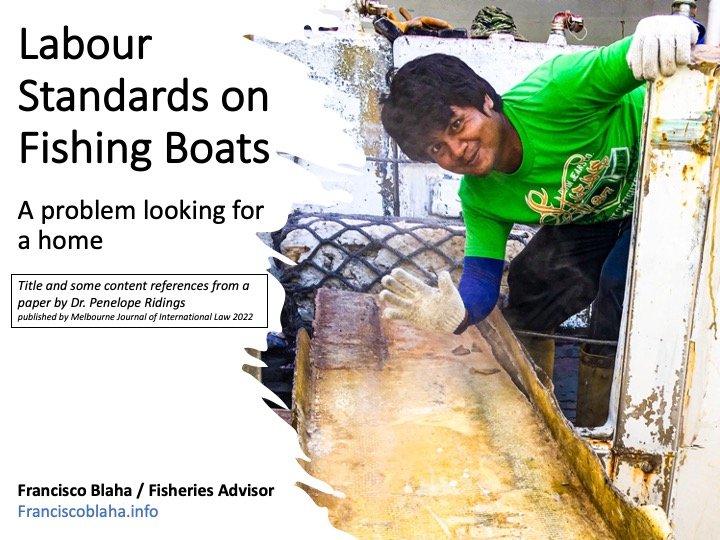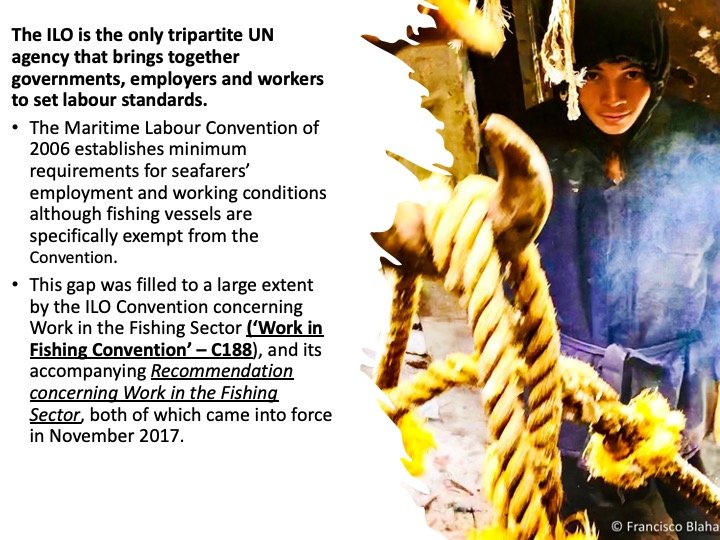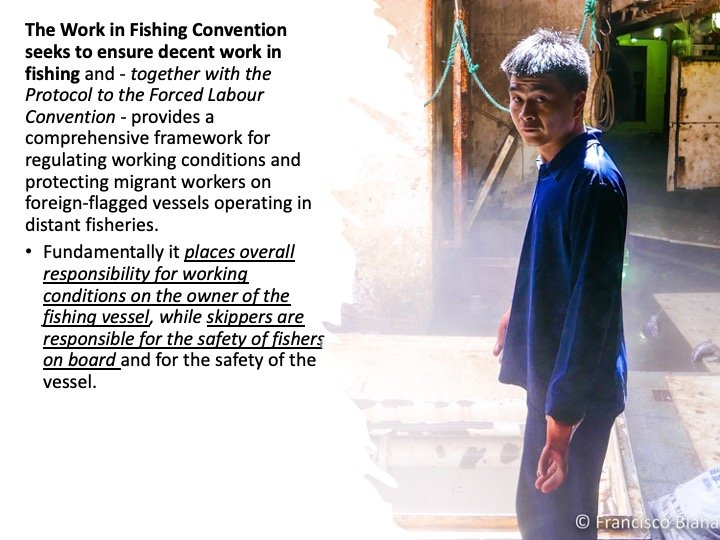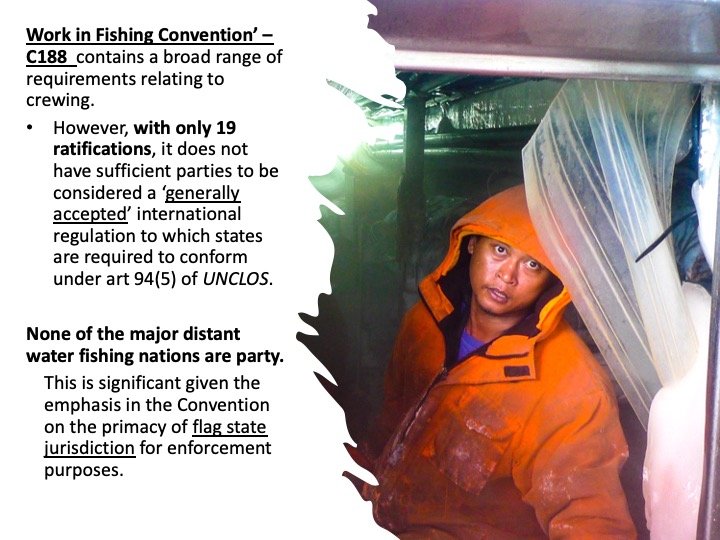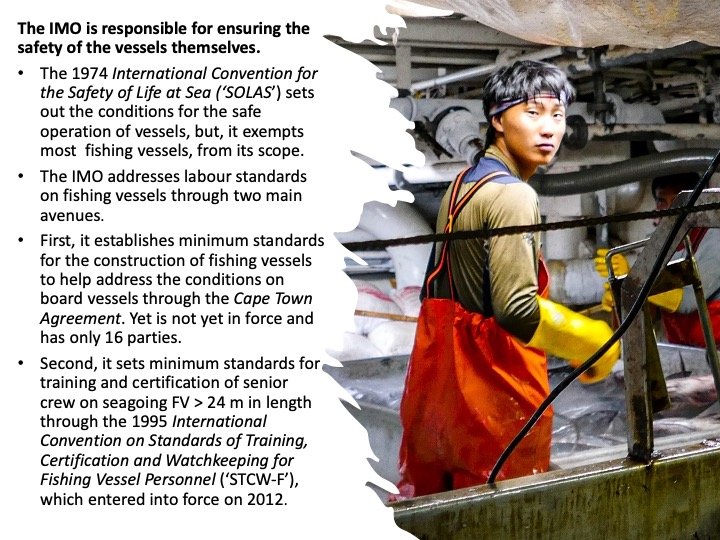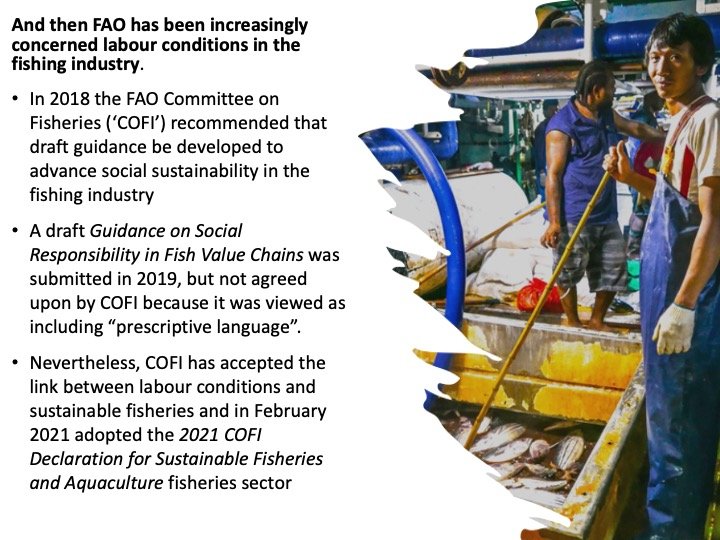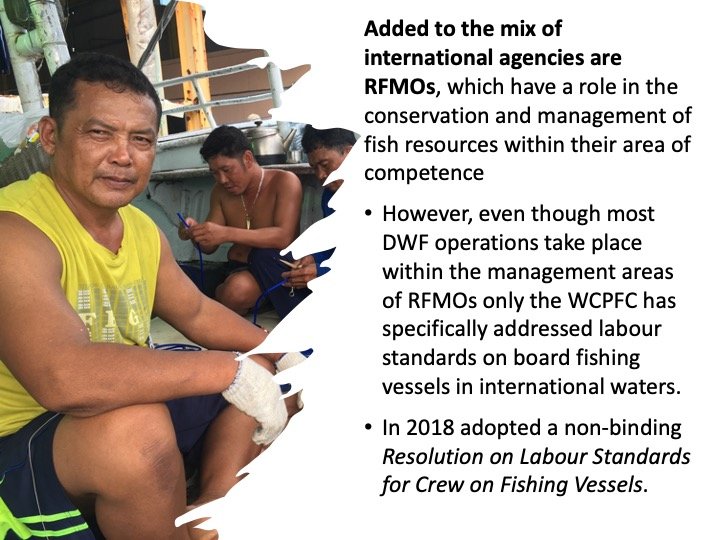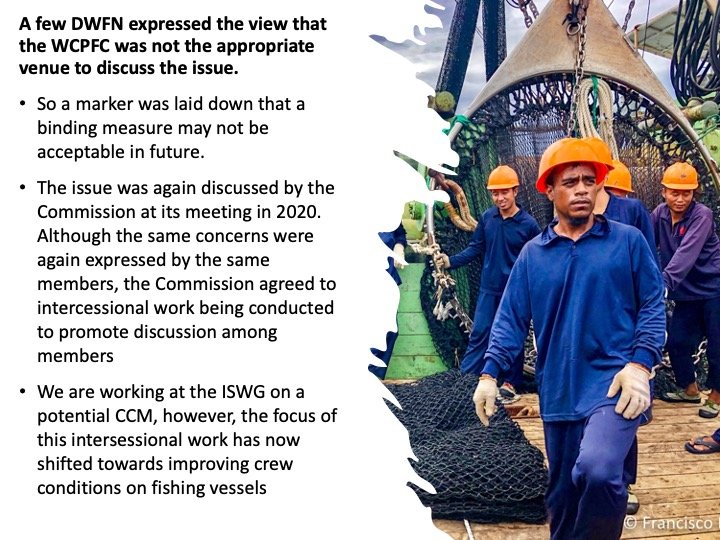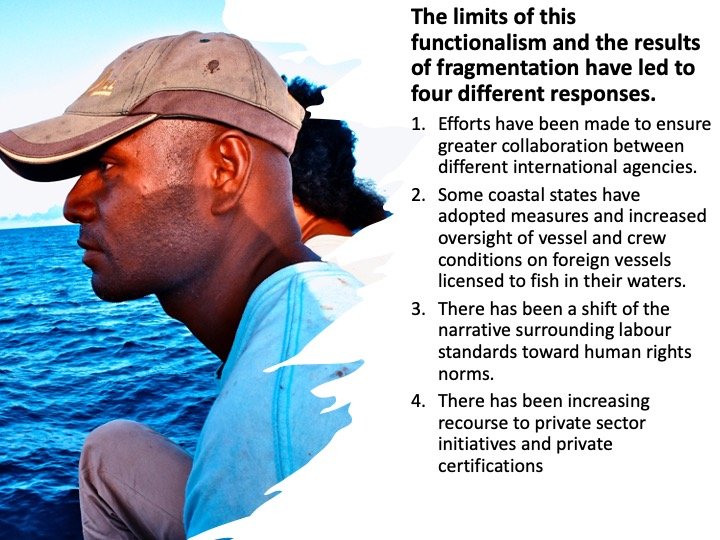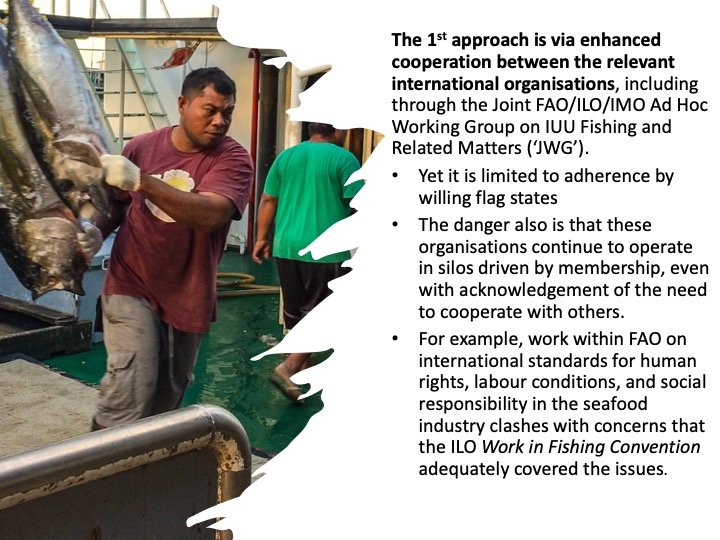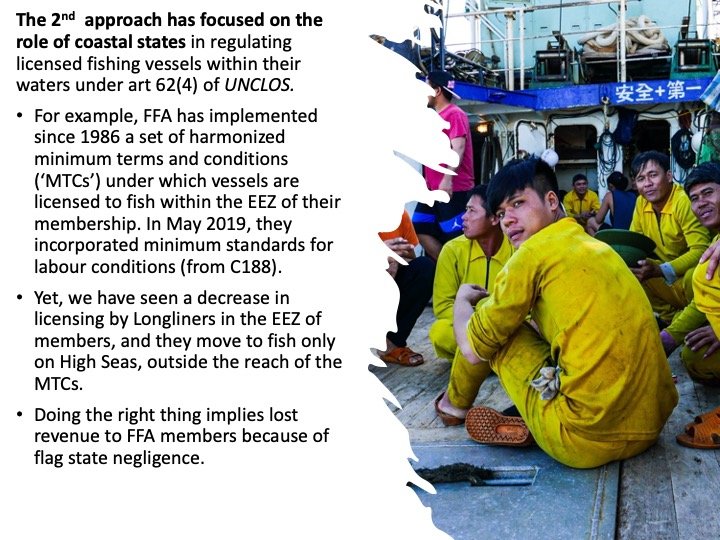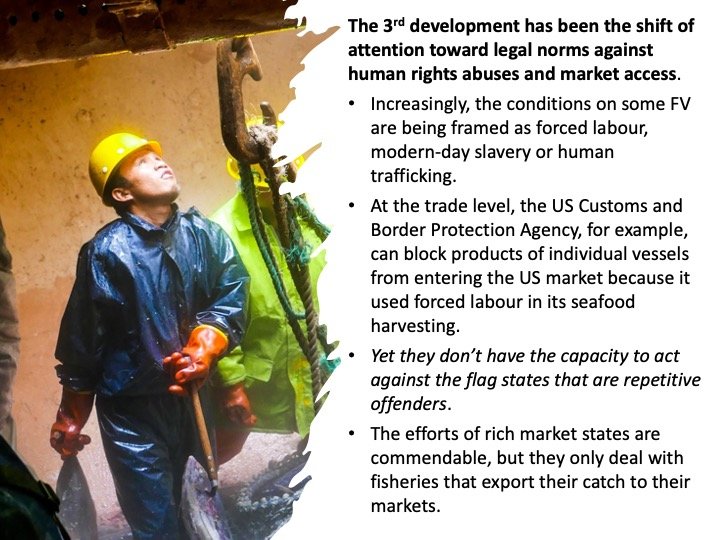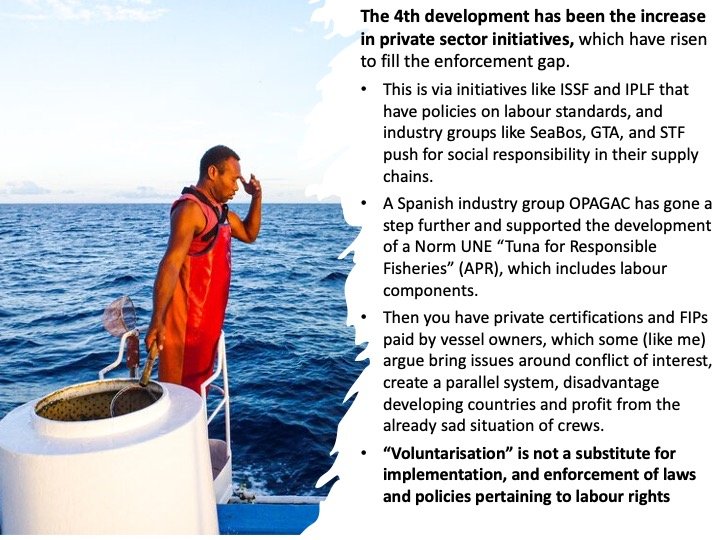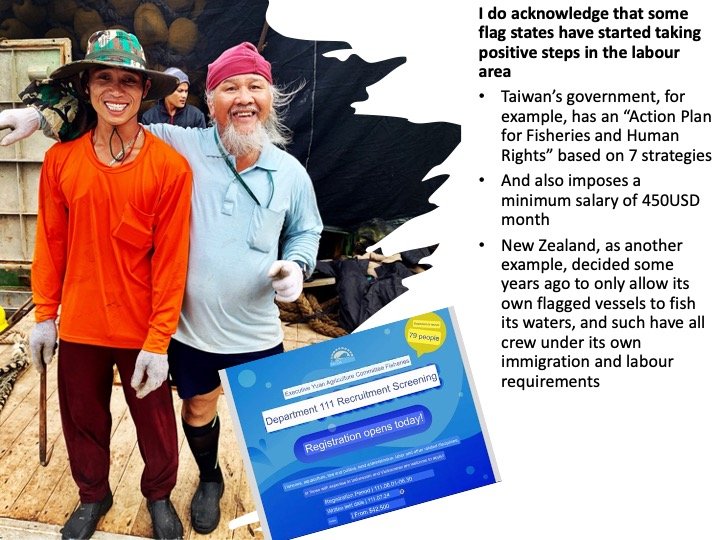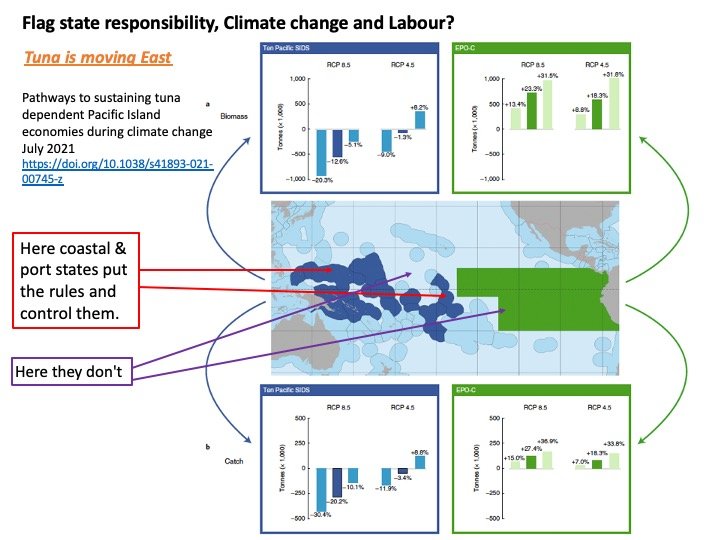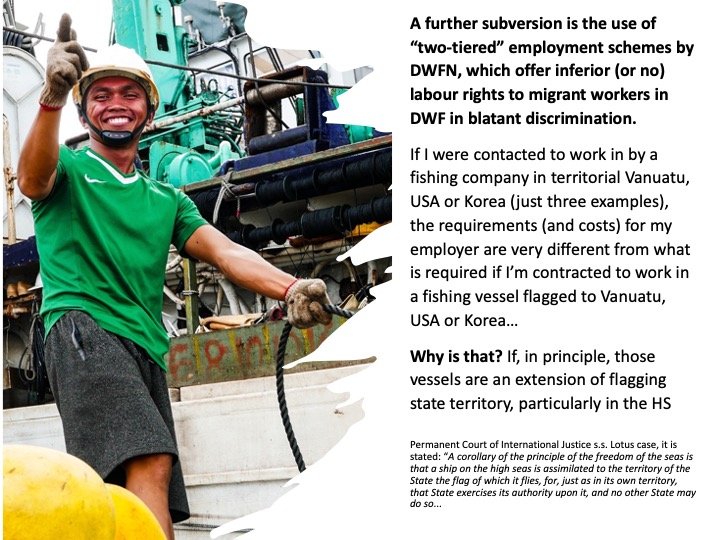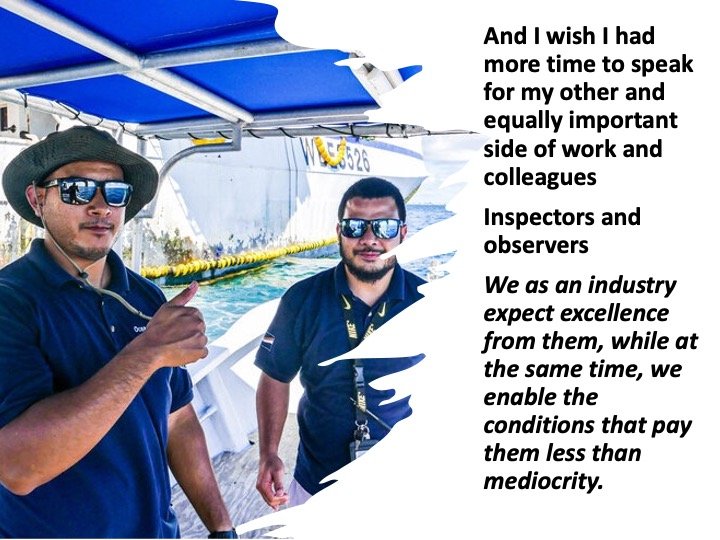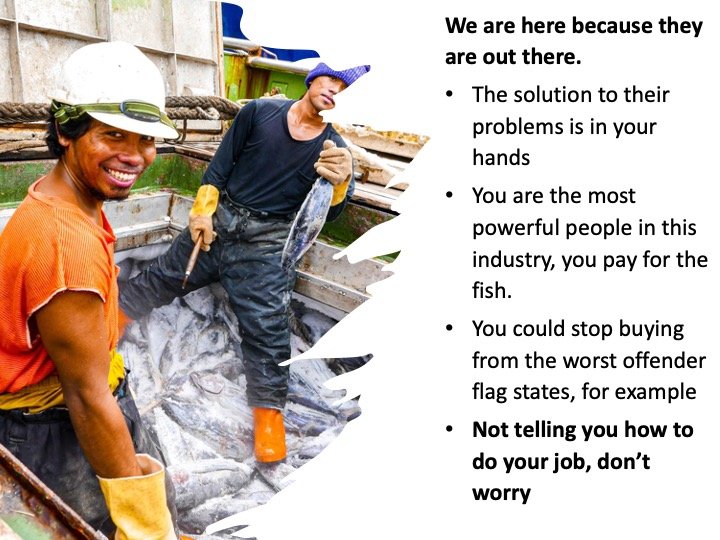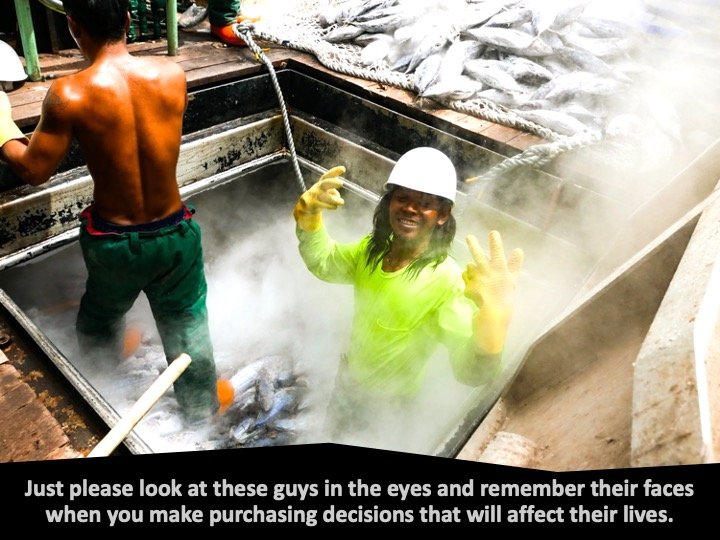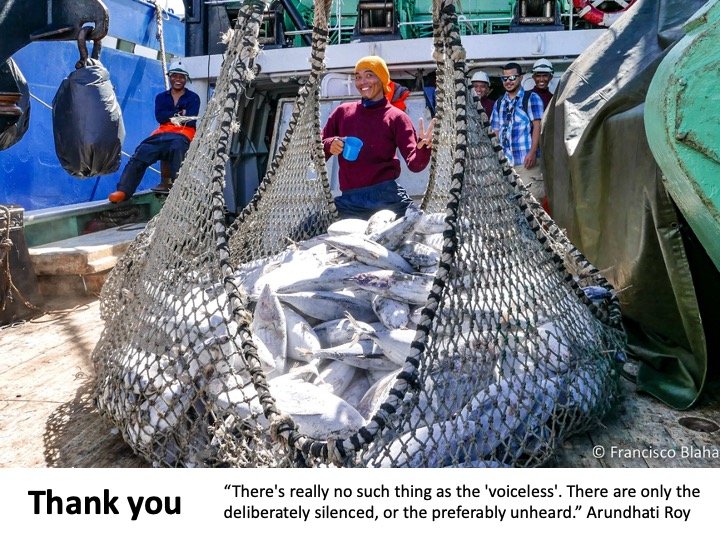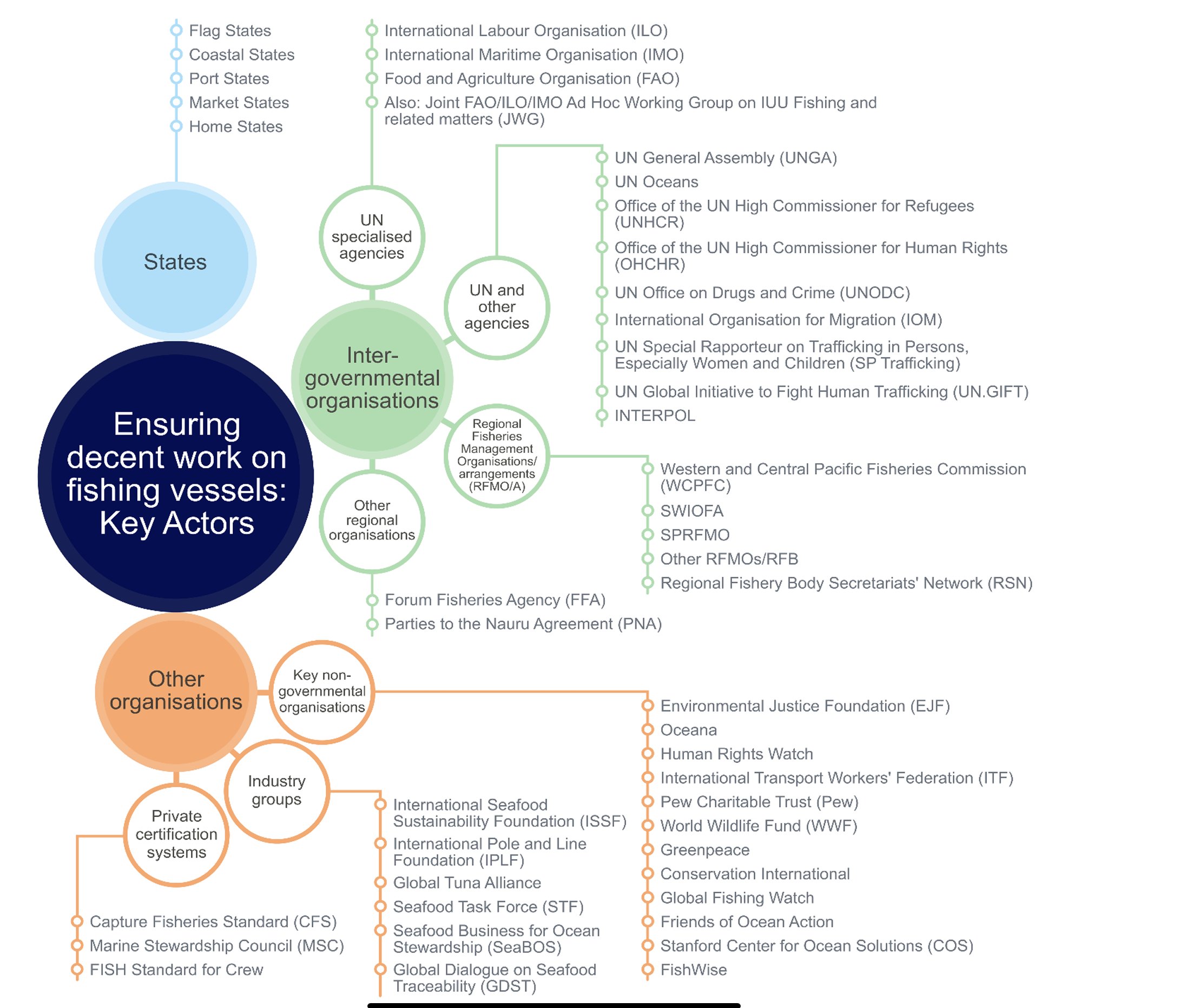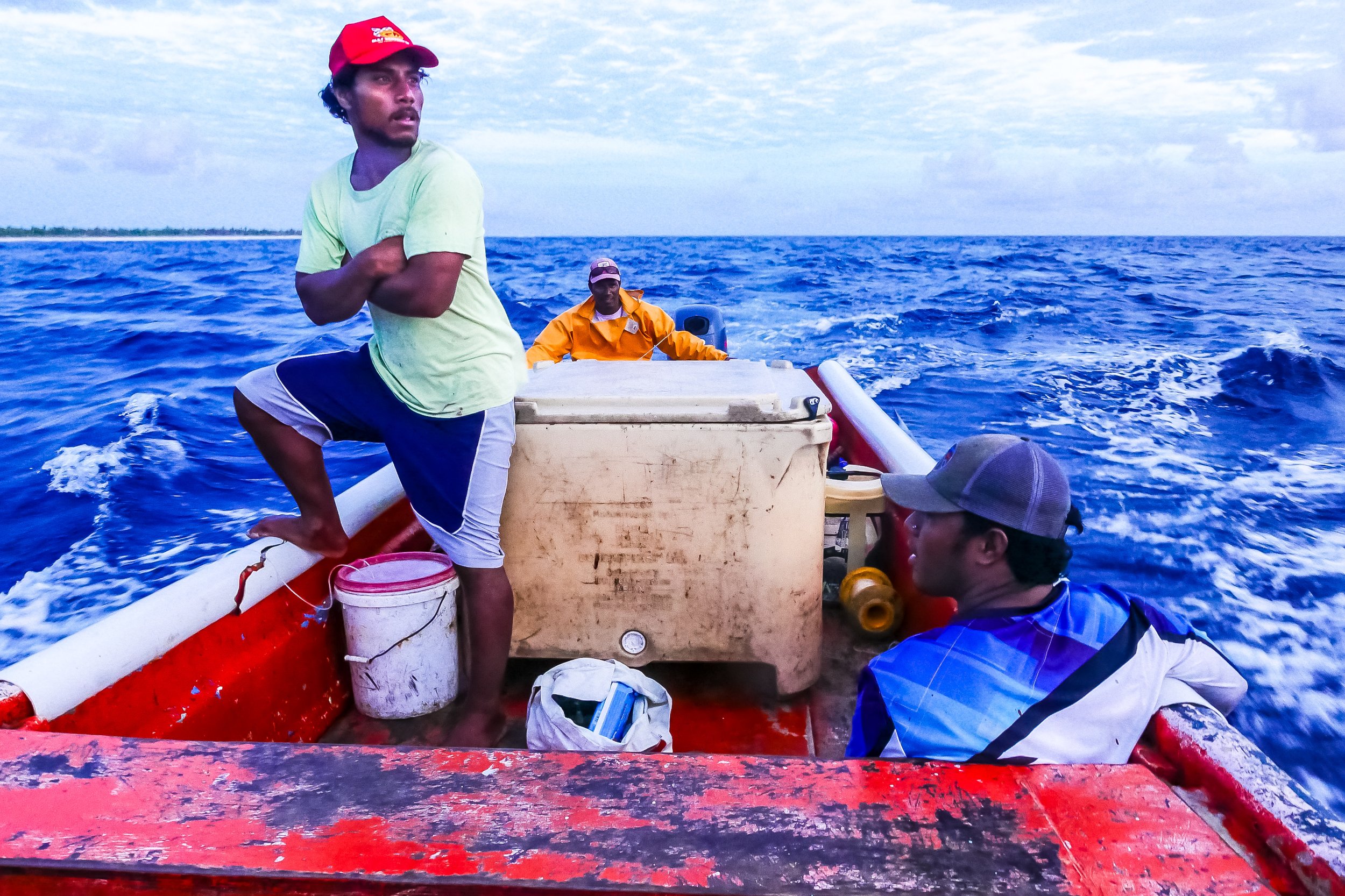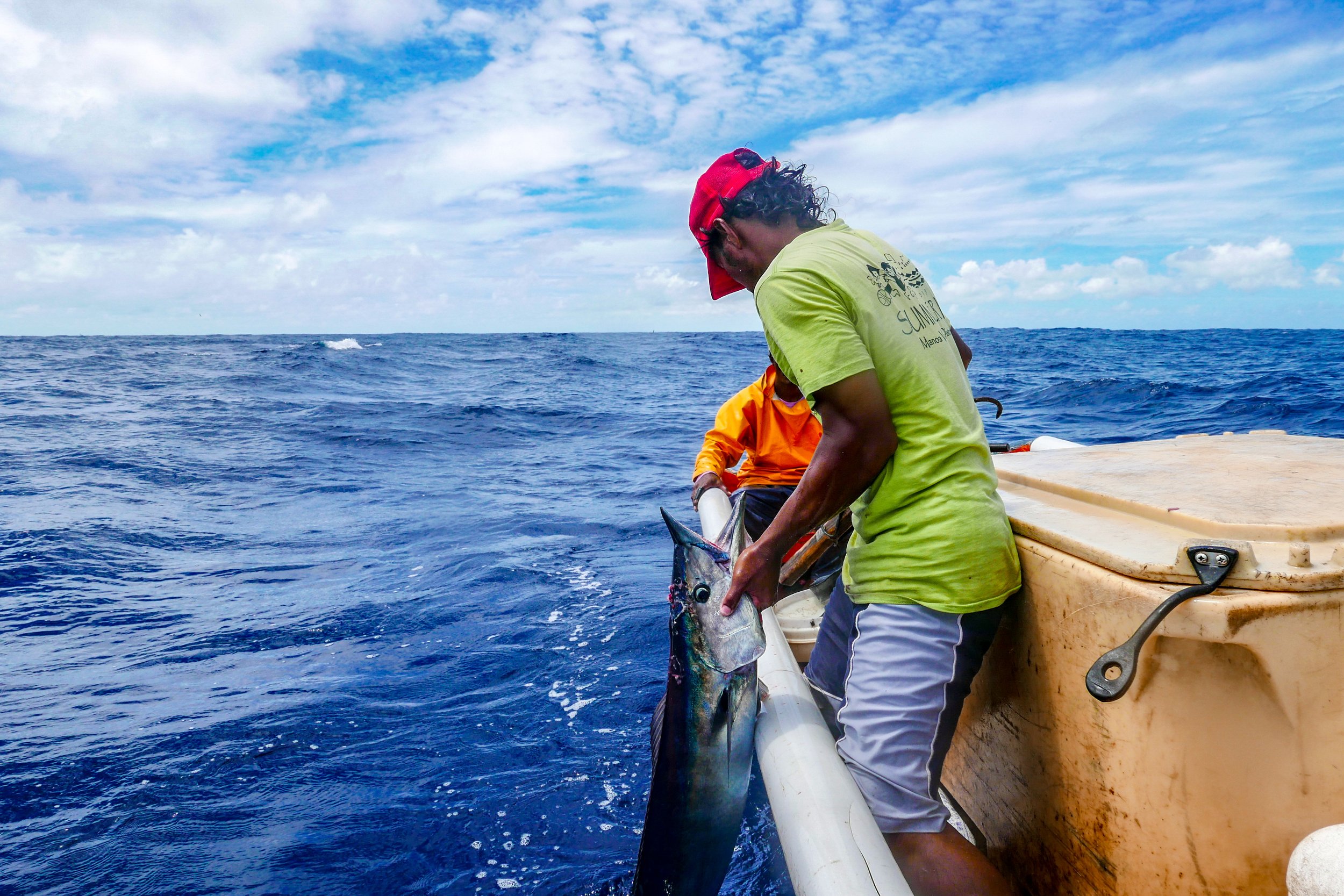So with #2 in mind, I read with interest this recent paper by Millicent McCreath and Valentin Schatz, “EEZ-adjacent distant-water fishing as a global security challenge: An international law perspective”. Their paper uses the tensions between China and Latin American coastal states (in particular, the Chinese squid fleet off Ecuador's and Peru EEZ)and analyses the security challenges posed by DWF from the perspective of international fisheries law.
While the paper goes on security and China, my much more modest interest is related to an interesting take in chapter 4, where they analyse the EEZ-adjacent DWF from a coastal State perspective and then from a flag State one.
From a fisheries and ocean law nerd perspective, it makes a very interesting read, so I take it on me to quote those two sections below! Yet as always! I recommend you read the original since it is totally worth it!
The legal regime for EEZ-adjacent fisheries
International fisheries law comprises a multilayered regime of binding and non-binding instruments of varying geographical and substantive scope, membership and content - all of which lay down rights and obligations of states and other entities (e.g., RFMOs) with respect to the conservation and management of marine capture fisheries. The legal regime applicable to EEZ-adjacent high seas fisheries is particularly complex, which renders an abstract description of this regime difficult. Against this background, the current analysis focuses on the most important instruments for the present purposes, taking the Chinese squid fisheries off the Pacific coast of Latin America as a case study.
For this purpose, this section briefly sketches the relevant substantive requirements imposed by the 1982 United Nations Convention on the Law of the Sea (UNCLOS) and the Agreement for the Implementation of the Provisions of the United Nations Convention on the Law of the Sea relating to the Conservation and Management of Straddling Fish Stocks and Highly Migratory Fish Stocks (UNFSA), taking into account that not all relevant states are parties to both of these treaties.
EEZ-adjacent DWF from a coastal state perspective
In their EEZs, coastal states have sovereign rights “for the purpose of exploring and exploiting, conserving and managing the natural resources, whether living or non-living”, including fisheries. As concretized by Articles 61 and 62 UNCLOS, these sovereign rights include the jurisdiction to prescribe laws and regulations concerning the conservation and management of fisheries in the EEZ. In return, Article 61 UNCLOS imposes conservation and management obligations on the coastal state and Article 62(2) UNCLOS obliges it to grant other states access to the surplus (if any) of the allowable catch. The extent of the coastal state’s EEZ fisheries jurisdiction has been addressed in a number of - sometimes contentious - decisions of international courts and tribunals, a discussion of which is beyond the scope of this paper. In the context of EEZ-adjacent fisheries, both the geographical and subject-matter scope of the coastal state’s prescriptive jurisdiction are important.
With respect to geographical scope, the coastal state’s prescriptive EEZ fisheries jurisdiction is limited to its EEZ. In this respect, the wording of Article 56(1)(a) UNCLOS (‘[i]n the [EEZ], the coastal state has […] sovereign rights’) in conjunction with the definition and spatial extent of the EEZ stated in Articles 55 and 57 UNCLOS is clear. Coastal states lack EEZ-related jurisdiction to prescribe laws and regulations with respect to the fishing activities of foreign vessels in EEZ-adjacent high seas areas - even where straddling or highly migratory fish stocks within the meaning of Articles 63(2) and 64 UNCLOS, respectively, are concerned. That said, some categories of EEZ-adjacent fishing activity may call the clarity of this distinction (inside vs. outside of EEZ) into doubt. For example, a supply vessel might hover just outside the EEZ to receive transhipments from vessels fishing illegally in the EEZ, forming part of a joint operation. Alternatively, a vessel’s fishing gear (e.g., long-line, net, drifting fish aggregating device (FAD)) might be used in a fashion that results in the gear drifting into the EEZ in order to catch or attract fish that is later brought on board on the high seas. To what extent coastal states might be able to claim prescriptive jurisdiction over vessels located just outside the EEZ in such situations - invoking concepts such as the doctrine of constructive presence - remains an open question.
In terms of subject matter, coastal states may, for example, have an interest in requiring unlicensed foreign fishing vessels to notify entry into or transit through their EEZs, require such vessels to stow their fishing gear while in the EEZ, prove that any catch found on board does not originate from the EEZ, or provide near real-time vessel monitoring system (VMS) data. However, as mere transit as such cannot be classified as ‘fishing’ or ‘fishing-related’, the extent of prescriptive coastal state jurisdiction over vessels in transit through the EEZ is a legally intricate matter in light of the due regard obligation of coastal states under Article 58(3) UNCLOS vis-à-vis the freedom of navigation of flag states in the EEZ under Article 58(1) UNCLOS. It is beyond the scope of this paper to provide an in-depth analysis of the legality of the various requirements that coastal states have enacted in their fisheries laws and regulations.
However, it should be noted that Goodman has shown in a comprehensive study of state practice that at least a certain degree of coastal state jurisdiction with respect to transiting fishing vessels has become recognized, which may be evidence of a shift towards a jurisdictional presumption in favour of the coastal state. Support for this emergent principle may also be found in China’s reformed Rules on Distant Water Fishing of 2020, Article 32 of which requires Chinese fishing vessels to store their catches, stow their gear, and notify the coastal state in advance in accordance with relevant regulations.
It may be concluded that the geographical scope of the coastal state’s prescriptive fisheries jurisdiction in the EEZ is relatively inflexible, whereas its substantive scope has proved to be more flexible and open to expansive development through state practice, thereby improving the jurisdictional situation of the coastal state.
Whenever foreign vessels fish in the EEZ in violation of laws and regulations that the coastal state has adopted in accordance with its prescriptive jurisdiction, these fishing activities constitute illegal fishing under Para. 3.1.1 IPOA-IUU. However, if the coastal state exceeds its jurisdiction, its laws and regulations are not opposable to (the vessels of) other states.
EEZ-adjacent DWF from a flag state perspective
EEZ-adjacent high seas fisheries are governed by Part VII of UNCLOS. Under Articles 87(1)(e) UNCLOS all (flag) states enjoy freedom of fishing on the high seas, which is, however, qualified to the extent that it is subject to various conservation and management obligations. Crucially, the right of all states to permit their nationals to fish on the high seas under Article 116 UNCLOS is subject to their treaty obligations (including, for example, the UNFSA or the constitutive instruments of RFMOs), the ‘rights and duties as well as the interests of coastal states’ provided for, inter alia, in Article 63(2) UNCLOS (straddling stocks) and Article 64 UNCLOS (highly migratory stocks), and the provisions of Section 2 in Part VII of UNCLOS.63 Articles 63(2) and 64 UNCLOS contain obligations of states fishing for straddling or highly migratory fish stocks to cooperate in the conservation and management of these stocks, either directly or - as is common practice today - through RFMOs.
While it is beyond the scope of this paper to describe the regime of high seas fisheries in detail, a brief overview of the key obligations is in order. Article 117 UNCLOS establishes a duty of all states “to take, or to cooperate with other states in taking, such measures for their respective nationals as may be necessary for the conservation of the living resources of the high seas”. Article 118 UNCLOS contains an obligation of all states to “cooperate with each other in the conservation and management of living resources in the areas of the high seas”.
Article 119 UNCLOS provides more detailed standards for total allowable catches and other CMMs taken by states or RFMOs, including the obligation to “take measures which are designed, on the best scientific evidence available to the states concerned, to maintain or restore populations of harvested species at levels which can produce the maximum sustainable yield [MSY]”.
The mentioned obligations to cooperate (Articles 63(2), 64, 117 and 118 UNCLOS) are further concretized and supplemented by the UNFSA, which aims “to ensure the long-term conservation and sustainable use of straddling fish stocks and highly migratory fish stocks through effective implementation of the relevant provisions of [UNCLOS]”.
These two categories of fish stocks are by definition particularly relevant in the context of EEZ-adjacent fisheries as they straddle or migrate across EEZ boundaries with adjacent high seas areas and are thus particularly vulnerable to unilateral exploitation by irresponsible flag states. Article 5 UNFSA contains various conservation and management principles. Among these, the obligation to “apply the precautionary approach” under Articles 5(c) and 6 UNFSA is particularly notable, but others are equally important in the present context: the obligations to “protect biodiversity in the marine environment” (Article 5(g) UNFSA) and to “take measures to prevent or eliminate overfishing and excess fishing capacity and to ensure that levels of fishing effort do not exceed those commensurate with the sustainable use of fishery resources” (Article 5(h) UNFSA) are relevant examples. While these obligations only directly bind States Parties to the UNFSA (i.e., Ecuador and Chile - which both joined in 2016, but not China, Peru or Colombia), the constitutive treaties of relevant RFMOs often incorporate at least some of them. In the present context, Article 3 of the Convention on the Conservation and Management of High Seas Fishery Resources in the South Pacific Ocean (SPRFMO Convention) ensures that China and Peru (but not Colombia) are legally bound by the key UNFSA conservation and management principles despite not being States Parties to the UNFSA (although limited to the scope of the SPRFMO Convention).
Under Article 8 UNFSA and the following provisions of the UNFSA, RFMOs and regional fisheries management arrangements (RFMAs) are the main instruments in the implementation of the relevant obligation(s) to cooperate. Notably, pursuant to Article 8(3) UNFSA, where an RFMO or RFMA “has the competence to establish [CMMs] for particular straddling fish stocks or highly migratory fish stocks, States fishing for the stocks on the high seas and relevant coastal States shall give effect to their duty to cooperate by becoming members of [the RFMO] or participants in [the RFMA], or by agreeing to apply the conservation and management measures established by [the RFMO or RFMA]”.
From a practitioner and operational point of view, I’m quite fascinated by this type of analysis where reality and law collide, so I have a healthy level of “envy” for my academic colleagues who can make a living from researching and writing papers on these topics… I wish I could collaborate more often with them!
